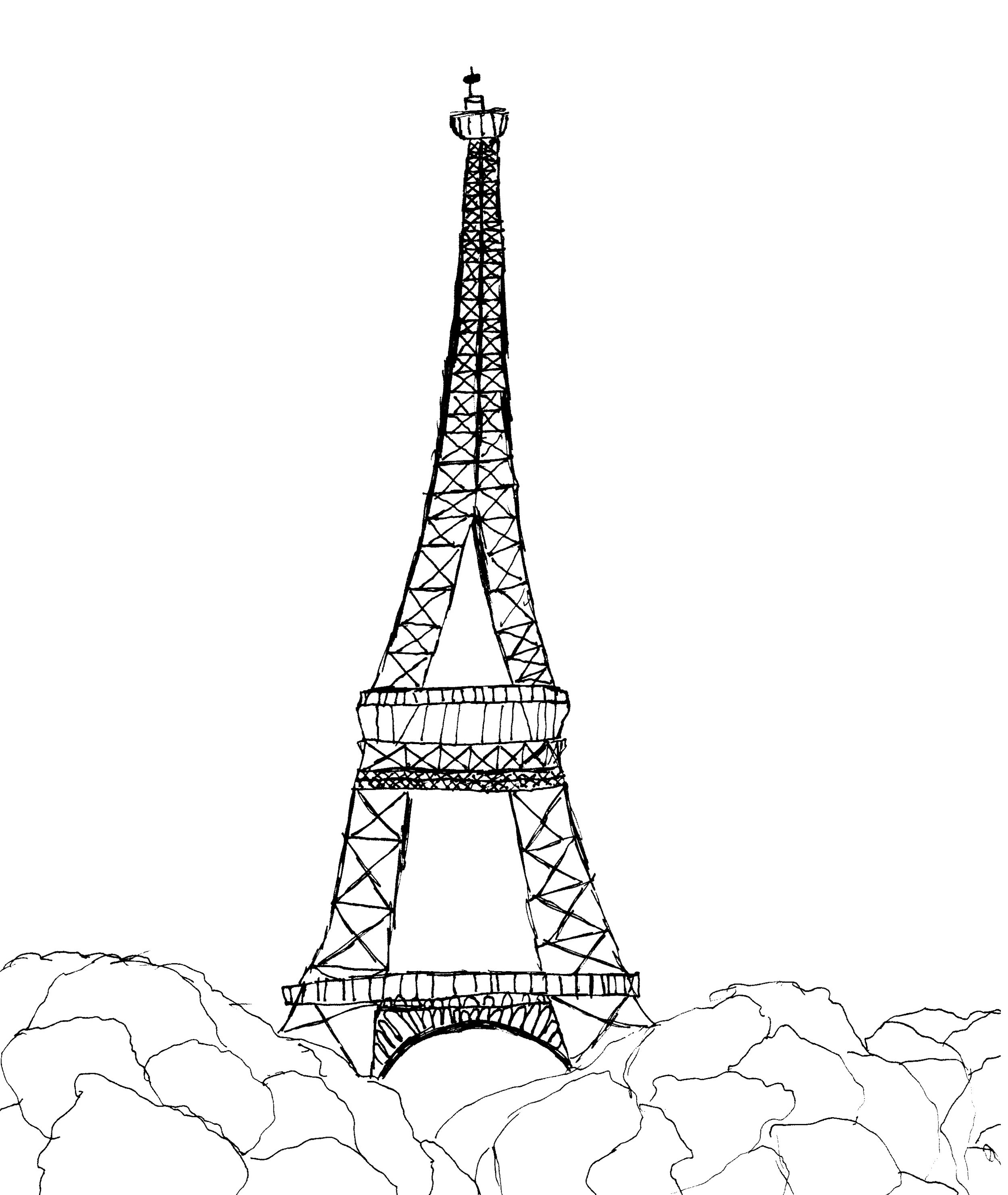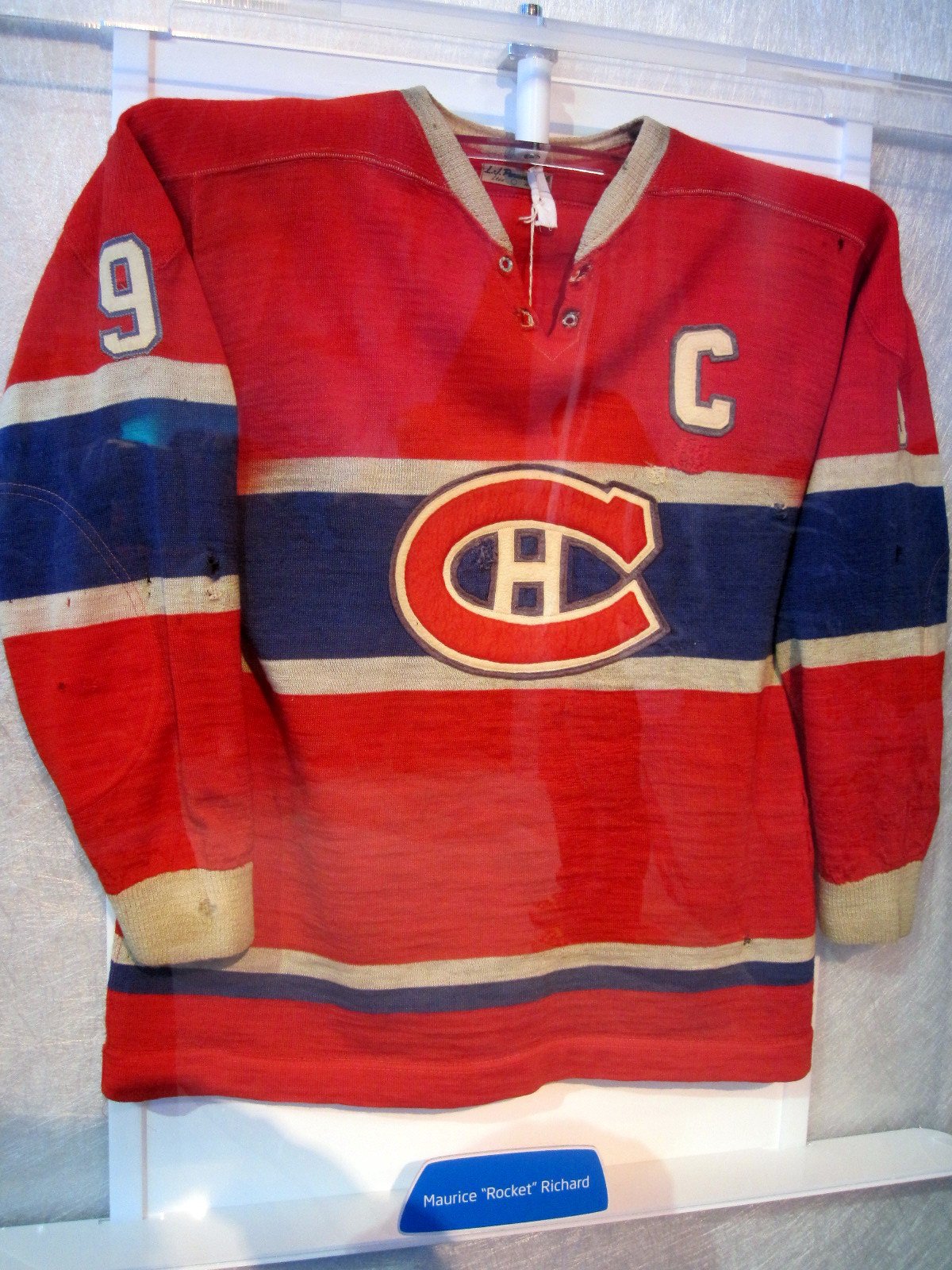Les Habitants
The Montreal Canadiens professional men’s ice hockey team stands alone as the oldest continually operating hockey club in the world as well as the sole North American team based in a Francophone city. Behind the facts lies a history that illustrates how intrinsic the team is to Canadian Francophone identity, culture, and pride. The founders of the National Hockey Association (NHA) created Le Club de Hockey Canadien (the Montreal Canadiens) in December 1909 expressly for the purpose of appealing to Francophone hockey fans, since the other four NHA teams were English-speaking. Nearly all the team members were local Francophones, who at the time were considered to be inferior to Anglophone hockey players. The first season of NHA competition appeared to prove this view correct as the Canadiens placed last in the league with a win-loss record of 2-12. By the 1913-1914 season, however, the team reached the championship game, losing narrowly to the Toronto Blueshirts. The French-Canadian team went on to capture the 1915-1916 NHA title and then defeat the Portland Rosebuds for its first Stanley Cup.
Maurice "Rocket" Richard's No. 9 Montreal Canadiens captain jersey (1959-60) on display at LiveCity Downtown in the 2010 Winter Olympics in Vancouver. Image credit: Orlandkurtenbach, Public domain, via Wikimedia Commons
Local pride in the team was based not only on a love of ice hockey but also the representation of Francophone Canada, a minority within the nation. Many of the players came from working class backgrounds that local fans could easily identify with. Quebecois settlers who lived as subsistence farmers on land granted by a seigneur had long called themselves ‘habitants’ (inhabitants), and soon the hockey team was affectionately given the nickname ‘Les Habitants’, often shortened to ‘Habs’. The interlocking letters of ‘C’ and ‘H’ in the team’s logo stood for Canadien and Hockey but it was also argued that the logo recognized the habitants who made up much of the player and follower bases.
Infighting among NHA team owners, World War I, the influenza epidemic, and the destruction of the Montreal hockey arena by fire tested the Habs during the late 1910s, but the team persisted and joined the National Hockey League (NHL) in 1917. The team won its second Stanley Cup in 1924, followed by back-to-back titles in 1930 and 1931 before the Great Depression created new challenges for the Canadiens and professional hockey overall. Operating losses led the owners to consider selling the team and moving it to Cleveland, Ohio in 1935 before a group of Montreal businessmen intervened to keep it in Montreal. The new ownership was neither able to raise the quality of play nor attract paying fans and sold the team to its arena owner, who recruited Dick Irvin, a highly successful former coach of the Toronto Maple Leafs.
Maurice Richard, hockey player for the Montreal Canadiens, 1945. Image credit: Conrad Poirier, Public domain, via Wikimedia Commons
The Habs picked up several talented players when their crosstown rivals, the Maroons, disbanded, most notably left wing Hector ‘Toe’ Blake. Irvin slotted Blake on a line with Elmer Lach at center and right wing Maurice ‘Rocket’ Richard, forming the ‘Punch line’ that went on to achieve success and fame for the Canadiens in the 1940s. The trio was instrumental in bringing the Stanley Cup back to Montreal in 1944 and 1946 as well as regularly topping the league in scoring and receiving All-Star accolades. Richard became the first NHL player to score 50 goals in a season, intensifying the pride and dedication of Habs fans.
The Canadiens’ standard of excellence continued into the next several decades as the team won five straight Stanley Cup championships from 1956-1960 and ten of the fifteen from 1965-1979. The club has won the Stanley Cup 24 times overall, more than any other NHL franchise, and has held league records for the fewest losses in a season, the longest home winning streak, and the largest goal differential since the 1976-1977 season. Hockey success has been more elusive over the past several decades as the Habs’ most recent championship dates to the 1992-1993 season.
Despite the extended dry spell, the loyalty of Habs hockey fans remains. Not only have the Canadiens been playing hockey for longer than any other NHL team, the club and its fan base have been closely intertwined for just as long. Its core of Montreal and French-Canadian natives – players, coaches, and fans alike – has expanded beyond the Habs’ Francophone roots. However, every aspect of their existence during good times and bad have resonated with Canadians and hockey fans of all backgrounds who are able to see some part of their own selves reflected in the team. The hockey skills, hard work, joy and frustrations are shared by generations of Habs fans, creating a solid community that coalesces around a common passion regardless of their differences otherwise. Although the team’s founders are long gone, it is likely that they would be impressed but far from surprised that their intent to create a hockey team based on Francophone identity has endured with profound devotion and sporting success.
Activité de français
In 1979, author Roch Carrier captured the essence of his French-Canadian childhood in his story, "Une abominable feuille d'érable sur la glace". The following year, Carrier’s work was adapted into an animated short film, “Le Chandail (The Sweater)”, and subsequently published in a children’s book version. Beloved by Canadians and around the world, a quote and scene from The Sweater graced one side of the Canadian five-dollar bill during the early 2000s.
Watch the film, narrated in English by Roch Carrier, to see how this story quickly resonated with so many readers and viewers.
Subscribe to our newsletter to receive Art de vivre posts, information about courses, Conversation Café, special events, and other news from l’Institut français d’Oak Park.



